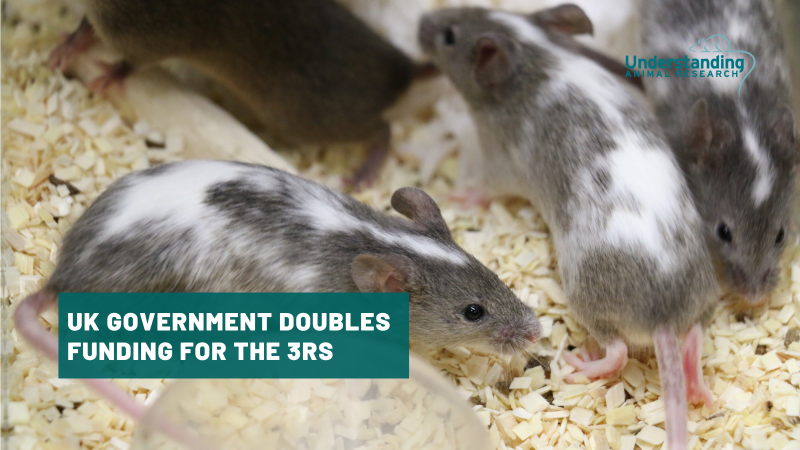Text to go here...
 Growing hair cells from stem cells could offer personalised treatments for deafness in the future, scientists studying mice suggest.
Growing hair cells from stem cells could offer personalised treatments for deafness in the future, scientists studying mice suggest.
Humans have approximately 15,000 hair cells in each ear. When sound waves vibrate and reach the ear, the hair cells bend in response. This converts the waves into electrical signals which travel to the brain. It is the inability of the hair cells to regenerate which leads to 60-90% of cases of permanent hearing loss.
Scientists examined these hair cells in mice. They studied two types of cells-embryonic stem (ES) and induced pluripotent stem (IPS) cells which were reprogrammed from skin tissue. The latter were then directed to form the ear hair cells using a special growth factor.
Hair cells from both ES and IPS cells responded to sound currents, bending like the naturally occurring ones in the mouse ear.
The newly generated cells could be used to study how damage occurs and the drugs which could be used to reverse it. There may even be a possibility of transplanting the hair cells into the ear to restore hearing.
But first the team must study the feasibility of creating human hair cells. They make clear that creating human hair cells would be more complex and would take at least a couple of years of basic research. Although it may be a decade before any therapy is available, the potential to reverse hearing loss is real.
Find out more about the use of animal research in developing treatments for deafness at AnimalResearch.info
Last edited: 11 January 2022 09:44




